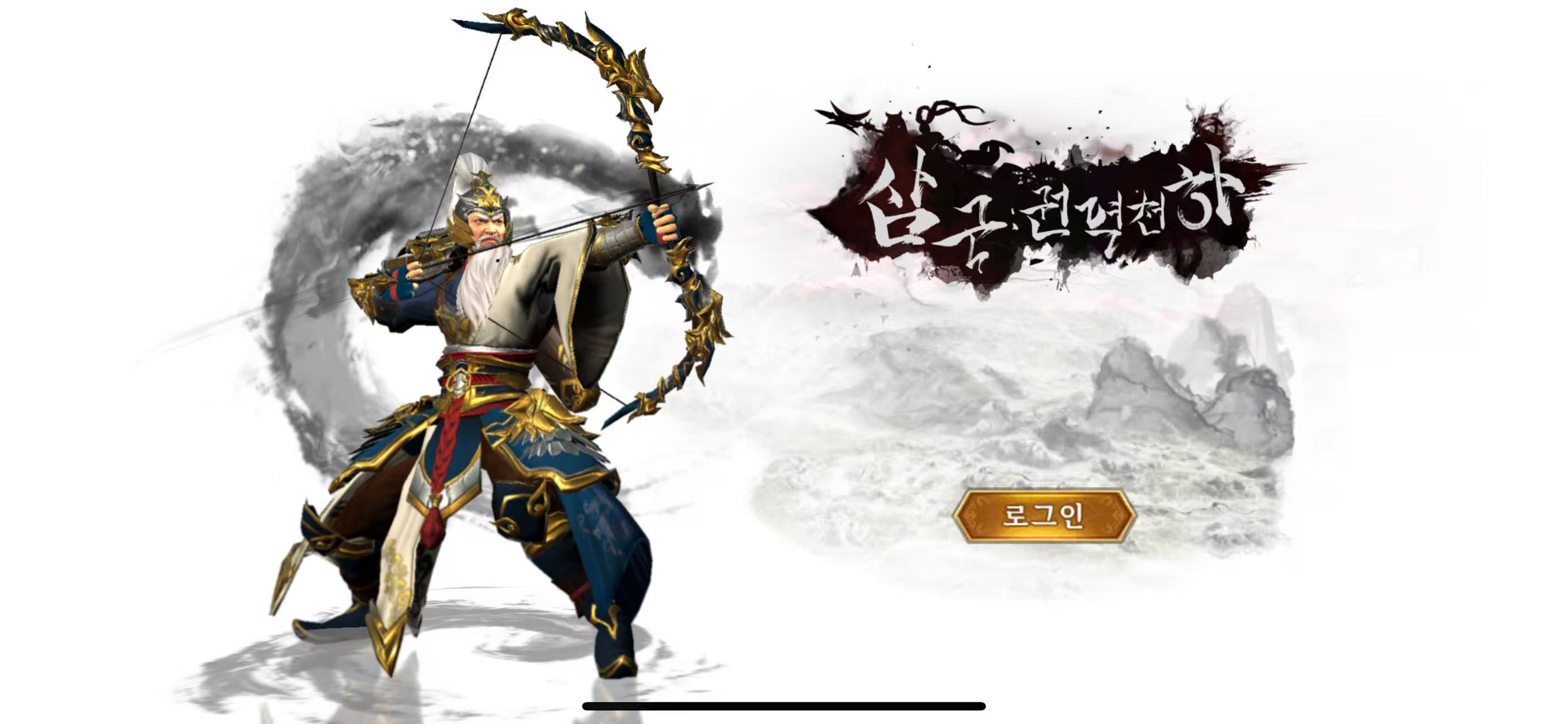How Hyper Casual Games Are Revolutionizing the World of Simulation Games
Introduction
In the fast-paced world of gaming, there’s been a significant shift towards hyper casual games, making waves that influence traditional simulation games. These games are not just a fleeting fad; they stand at the intersection of accessibility and engagement. With players seeking instant gratification, developers are innovating to combine elements of hyper casual games with simulation genres.
The Rise of Hyper Casual Games
Hyper casual games emerged from the mobile gaming sector, characterized by their simple mechanics and engaging gameplay loops. Titles like "Helix Jump" and "Paper.io" are leading examples of this trend. This genre attracts a wide audience due to its easy learning curve, allowing anyone, regardless of gaming experience, to jump right in. But how does this compare to traditional simulation games that often require time and dedication?
What Are Simulation Games?
Simulation games have been a staple in the gaming community for decades. They immerse players in nuanced experiences, whether it's building a city in "SimCity" or managing a soccer team in "EA Sports FC." These titles usually demand a learning commitment, which can be deterrent for newcomers. Here’s a glimpse into key features:
- Complex mechanics
- Extended gameplay sessions
- Realistic environments and scenarios
Combining Simplicity and Depth
Incorporating hyper casual elements into simulation games is not as straightforward as it might seem. The main challenge lies in retaining depth while simplifying gameplay. Combining engaging mechanics from hyper casual games creates a pathway for deeper games. Take "Two Dots" as an example, blending casual play with a subtle strategic layer.
Case Study: EA Sports FC
This flagship sports title has had its share of challengers as gaming evolves. The recent trend of casual users engaging with simulation titles through simplified gameplay is noteworthy. "EA Sports FC descargar" offers alternate forms of gameplay that cater to those unfamiliar with traditional simulation. With more mobile versions being introduced, how does EA plan to maintain its foothold?
Player Engagement: A Key Determinant
The pandemic skyrocketed the gaming industry, leading to an influx of players from all demographics. Traditional simulation games often appeared daunting to casual players. However, hyper casual games provide quick satisfaction, encouraging longer-term engagement with more complex titles. Players who enjoy a quick match are more likely to delve into detailed simulations.
The Trend Towards Accessibility
The ultimate goal for any developer is to ensure their game is accessible. Hyper casual games are winning this battle, offering easy-to-navigate interfaces and short play sessions without sacrificing quality. Because of this, we see established simulation franchises beginning to integrate these design philosophies.
How Hyper Casual Mechanics Transform Simulation Games
Let's explore specific hyper casual game mechanics that enhance simulation:
| Mechanic | Impact on Simulation Games |
|---|---|
| Instant Feedback | Players receive immediate responses to their actions. |
| Short Sessions | Encourages casual players to experiment before committing time. |
| Intuitive Controls | Makes control schemes more relatable to new players. |
The Potential of Delta Force on Console Controllers
Many wonder, “Can you play Delta Force on controller?" The answer is yes! However, the complexity of simulation shooters requires refined controls. This kind of adaptation showcases how hybrid gaming can work across platforms, reinforcing the idea that hyper casual features can appeal to a broader audience.
Player Community Dynamics
Hyper casual games tend to foster vibrant communities; players often share strategies and experiences alike. In the world of simulation games, a similar shift is emerging. Platforms that facilitate shared experiences—through both casual and complex games—encourage players to connect more deeply with the game environment.
Catering to Different Audiences
Understanding player demographics is crucial for game developers. Traditional simulation games often cater to strategy lovers, while hyper casual games attract anyone looking for quick fun. However, merging both worlds creates games that satisfy diverse player wants.
Potential Challenges in Game Development
As with any revolution, hurdles exist. Developers may struggle with maintaining depth while ensuring mechanics remain simple. Balancing the essence of a simulation game while enticing casual players is no mean feat. It's a delicate juggle between keeping hardcore fans and attracting newcomers.
The Future of Hybrid Gaming
What can we expect moving forward? As technology advances, we might see a surge in games that seamlessly blend hyper casual and simulation genres. Imagine managing a farm while completing short, engaging tasks that don’t require hours to dive into. That's the dream!
Conclusion
The interplay between hyper casual and simulation games marks a significant turning point in the gaming landscape. As hyper casual games continue to captivate casual gamers and draw them into more complex simulation experiences, the industry will possibly see a broader audience engagement than ever before. If developers can harness this blending of simplicity and depth, the future of gaming looks bright and full of possibilities.



